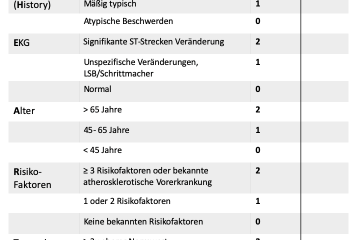Unknown Number Calls: How AI-Powered Scams Are Reshaping Phone Threats in 2025

The Rising Threat of Unknown Numbers
Robocalls are trending higher in 2025, indicating that the problem of unknown numbers remains unsolved, creating an ongoing need for protective measures and services.
According to YouMail’s 2025 Robocall Index, scam-related calls now comprise over 35% of all robocalls nationwide, up from 30% last year. These aren’t simple cruise vacation pitches anymore – they’ve evolved into sophisticated operations impersonating trusted brands like Amazon, PayPal, and government agencies.
The Financial Impact
In the first quarter of 2025 alone, the Federal Trade Commission reported losses of $280 million to scams initiated through phone calls. With an estimated 1.9 billion scam calls during this period, this amounts to approximately 15 cents in reported losses per call.
Scammers are increasingly incorporating new technology into their tactics, particularly artificial intelligence, while adapting to recent major events. The scale of these operations is staggering – the Global Anti-Scam Alliance (GASA) reports that over $1.03 trillion was lost to scammers in 2024.
Evolving Tactics and Demographics
A particularly concerning trend is the integration of AI tools to make calls sound more convincing and personalized. In many cases, the voice on the other end doesn’t sound robotic at all, making it increasingly difficult for victims to distinguish legitimate calls from scams.
Demographics play a significant role in targeting patterns. Men aged 65 and over receive the most scam calls, averaging 35.5 calls per month, while men aged 18-34 receive the fewest at 14.2 calls. Women over 65 receive nearly the same volume as their male counterparts, with 35.4 calls monthly.
Protection Measures
Security experts recommend never clicking on unknown links, whether received via email, text, or direct message. For suspicious calls, the safest approach is to hang up or ignore the call entirely. If concerned about a potential legitimate issue, individuals should independently look up the organization’s contact information and initiate contact themselves.
Many phone companies now offer automatic enrollment in call blocking services, with additional call labeling features that help consumers identify potentially unwanted or illegal calls by displaying categories such as ‘spam’ or ‘scam likely’ on the caller ID display.









